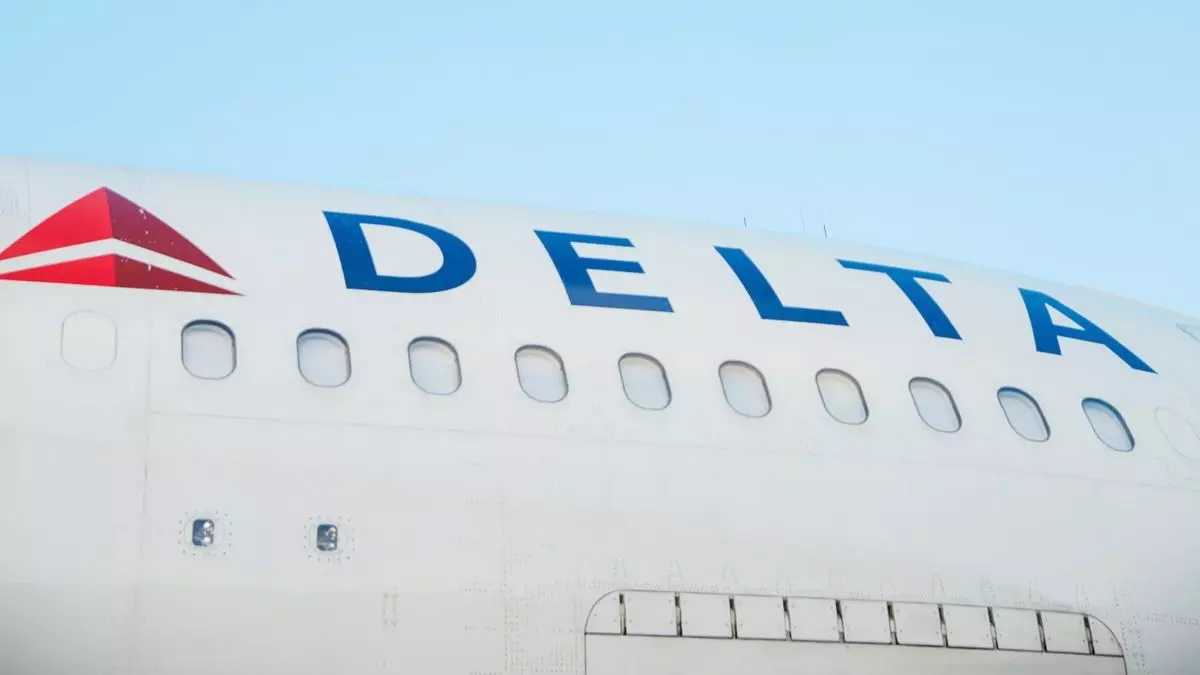In the aftermath of the software update by CrowdStrike that caused chaos for major U.S. airlines, each carrier faced its own unique set of challenges. American Airlines, for instance, was quick to recover from the disruption. According to FlightAware data, American had largely restored its operations by the evening of the incident, with only 51 mainline flight cancellations the following day. The airline’s ability to bounce back swiftly showcased its resilience in the face of adversity. American CEO Robert Isom highlighted the importance of keeping track of aircraft and crews during such disruptions, emphasizing the need for a proactive approach to recovery.
On the other end of the spectrum was Delta Airlines, which experienced a prolonged and devastating fallout from the CrowdStrike incident. Over the course of five days, Delta was forced to cancel approximately 7,000 mainline and regional flights, disrupting the travel plans of 1.3 million customers and costing the carrier an estimated $500 million. The airline’s heavy reliance on Windows applications, including mission-critical systems, played a significant role in the protracted recovery process. CEO Ed Bastian highlighted the loss of a key crew-tracking tool as a major impediment to resetting operations, leading to a lack of visibility on the whereabouts of flight crews. Amid public accusations from Microsoft about its outdated IT infrastructure, Delta found itself embroiled in a contentious exchange that hinted at deeper systemic issues within the airline’s technology setup.
Somewhere in between American’s swift recovery and Delta’s prolonged nightmare was United Airlines. Although it took United three days to get back on track after the CrowdStrike incident, the airline managed to cancel more than 1,400 flights during that period. While not as severe as Delta’s fallout, United’s experience highlighted the challenges airlines face in maintaining operational resilience in the face of disruptive events. The varying responses of American, Delta, and United underscored the complex interplay between technology, operational efficiency, and crisis management within the airline industry.
The fallout from the CrowdStrike incident shed light on the broader challenges facing the airline industry in terms of IT infrastructure. Experts pointed to a mix of legacy systems and modern applications creating silos within airline operations centers, hindering decision-making and response efficiency during disruptions. The reluctance of airlines to invest adequately in IT infrastructure was highlighted as a key factor contributing to suboptimal reliability across the industry. Consultant Bob Mann emphasized the complexity of transitioning away from legacy systems while operating thousands of daily flights, noting that such changes require a gradual and carefully planned approach to minimize operational risks.
The aftermath of the CrowdStrike incident served as a stark reminder of the fragility of airline operations in the face of technology disruptions. While some carriers were able to recover swiftly, others faced prolonged challenges that exposed underlying vulnerabilities in their IT infrastructure. Moving forward, the airline industry must address these systemic issues to enhance operational resilience and ensure continuity in the face of unforeseen events.


Leave a Reply